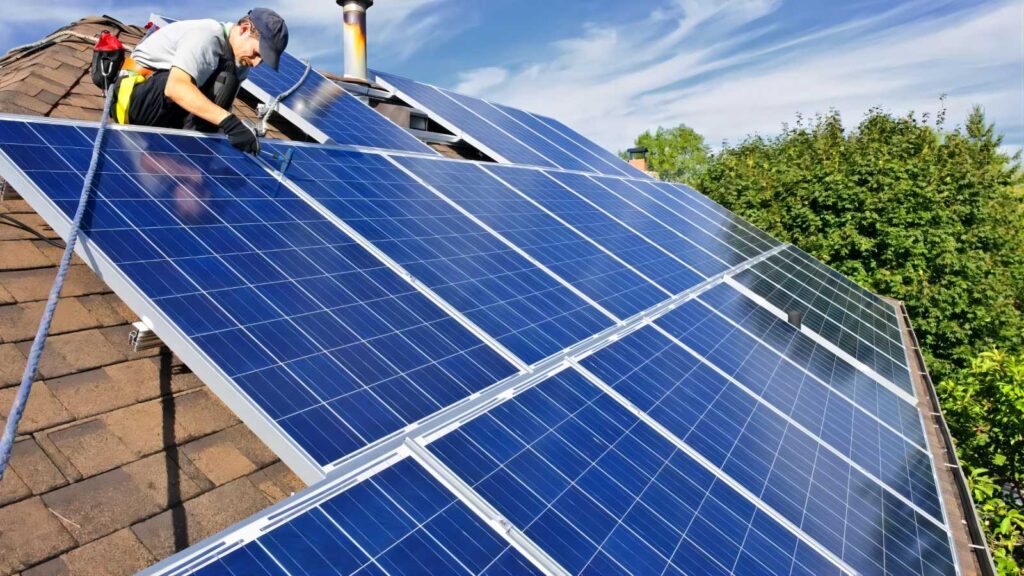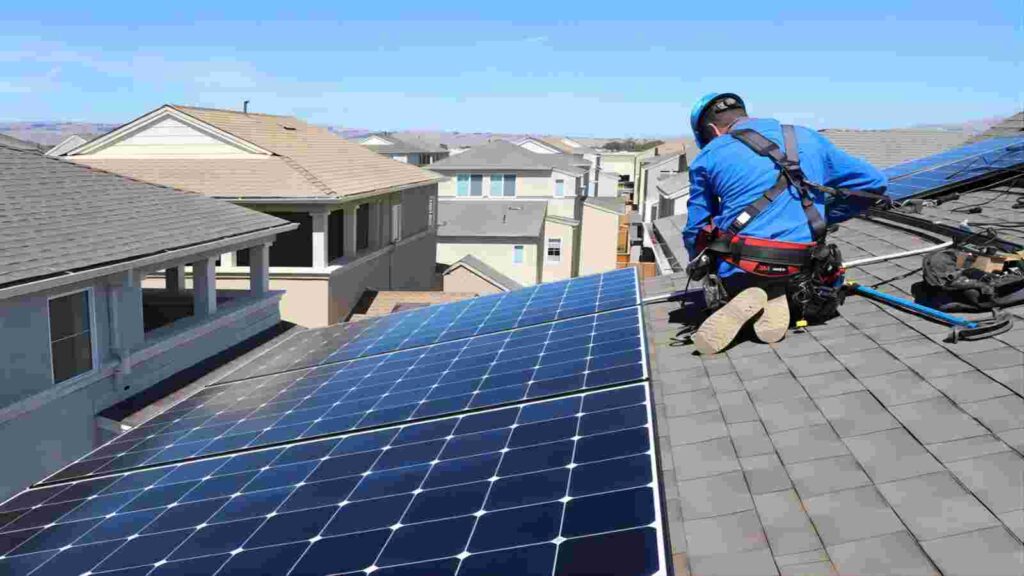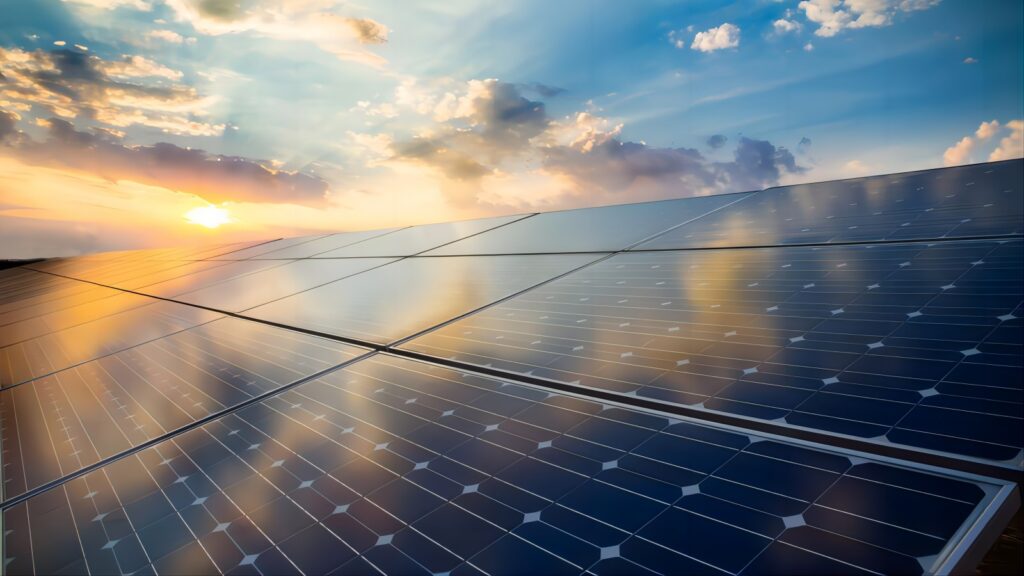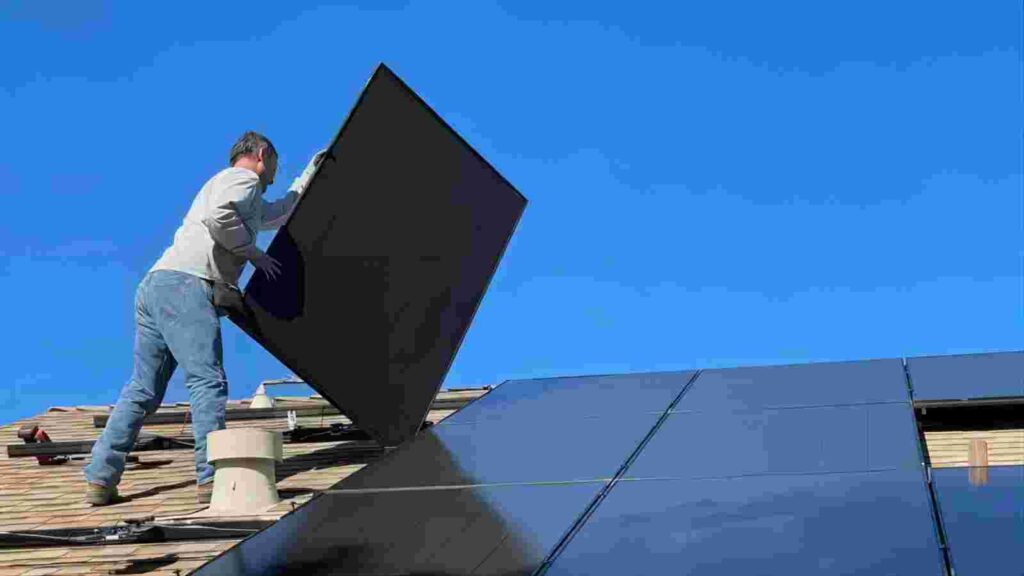Table of Contents
Should I expand the existing solar power system?
In today’s world, where the drumbeat for sustainable living grows louder, homeowners are increasingly faced with the decision to expand their existing solar power systems. This contemplation often arises from a confluence of factors, including the upward trajectory of energy needs, the sting of rising electricity bills, and evolving lifestyle choices.
Consider the Smiths, who recently converted their basement into a home theater, significantly increasing their energy consumption. Or the Johnsons, who welcomed a new electric vehicle into their family, necessitating a higher demand for power. These lifestyle changes are common triggers prompting homeowners to reassess their energy production capabilities.
Financial implications play a pivotal role as well. With electricity rates climbing, the allure of locking in lower energy costs through solar expansion becomes hard to ignore. The question is, will the long-term savings from harnessing more solar energy eclipse the initial outlay? For many, the answer is becoming a resounding yes, as the economics of solar energy become increasingly favorable.
The performance of your current system is also a cornerstone in this decision matrix. If your solar array is performing admirably and there’s potential for bolstering its capacity, why not capitalize on that unused real estate on your roof? Moreover, with government incentives sweetening the pot, the financial equation for an upgrade becomes even more attractive.
And let’s not forget the relentless march of technology. The solar sector is a hotbed of innovation, with new panel designs boasting higher efficiencies and longer lifespans. Upgrading to these cutting-edge panels can significantly amplify your system’s energy output, ensuring you stay ahead of the curve.
When is the right time to expand the existing solar system?
Timing your solar system expansion can be as critical as the decision to expand itself. A case in point is when you’re already undertaking home renovations. This juncture presents a golden opportunity to weave in additional solar panels, thereby minimizing installation hassles and costs.
But perhaps the most compelling impetus for expansion is the inexorable rise in utility costs. As homeowners witness their electricity bills surge, the quest for energy autonomy intensifies. Solar expansion offers a buffer against these financial headwinds, providing a measure of control over your energy destiny.
Moreover, life’s inevitable changes—like a growing family or the adoption of energy-intensive hobbies—can nudge your hand towards scaling up your solar capabilities. And when these personal inflection points are met with the readiness of your finances, particularly when augmented by subsidies, the path to expansion becomes clear.
In conclusion, expanding your solar system is a multifaceted decision, woven together by personal, financial, and technological threads. It’s a step that warrants a detailed cost-benefit analysis and the insights of solar energy experts. By ensuring that any expansion is in lockstep with your long-term energy needs and financial aspirations, you can confidently embrace a greener, more self-sufficient lifestyle.

What are the requirements for adding more solar panels to the existing solar system?
1.Panel Compatibility:
To ensure a harmonious integration of new solar panels into your existing system, it’s vital to select panels that match the voltage, current, and panel type of your current setup. In cases of uncertainty, seeking guidance from your solar system supplier or a professional installer can provide valuable insights.
2.Optimal Orientation:
Maintaining uniformity in the mounting direction and angle of the new panels in comparison to the existing ones is paramount. This alignment ensures that the solar panels receive solar radiation to the maximum extent, safeguarding overall system efficiency.
3.Assessing Inverter Capacity
To accommodate additional solar panel output, a crucial step involves assessing the capacity of the existing string inverter. In cases where the current inverter may not handle the augmented load, a replacement is imperative. Notably, systems featuring microinverters offer a more straightforward expansion process. Such systems incorporate small inverters at the base of each solar panel, rendering an upgrade as straightforward as installing additional microinverters for the new panels, eliminating the need for a complete inverter replacement.
4.Wiring and Cabling Considerations:
With the addition of new panels, an extension of wires and cables may be required to facilitate their connection to the existing system. It’s imperative to ascertain that the quality and capacity of these components meet the demands of the expanded system, ensuring seamless integration and optimal functionality. Professional assistance can be invaluable in this regard.
5.Evaluating Available Roof Space
The process of adding solar panels is simplified when there is ample roof space at your disposal. However, even in situations with limited roof capacity, viable alternatives exist. If the primary roof space is constrained due to the number of panels it can accommodate, consider exploring supplementary installation sites such as the garage roof, garage structure, shed, or ground mounts. Keep in mind that the number of panels may be restricted by the available physical space.
6.Navigating Permitting Requirements
Understanding permitting prerequisites is essential, and these can vary based on specific circumstances, such as inverter replacement or the installation of pole mounts. Local permitting regulations also play a role in the process. Typically, it’s essential to notify your utility company about the expansion to update the interconnection agreement. Before initiating the expansion, it is advisable to thoroughly research and comply with local requirements.

How to add news solar panels to the existing solar system?
1.Incremental Expansion with Existing Inverter
One of the most straightforward methods for expanding your solar panel system involves adding more of the same PV panels that are currently integrated into your system. This approach is particularly viable when keeping the Kilowatt total of your solar panels within a specific range to ensure compatibility with your existing inverter. Notably, many are unaware that an inverter can function effectively when connected to a panel array with a peak power exceeding the inverter’s rated capacity. In fact, a single inverter can maintain efficient operation while linked to a panel array with a peak power up to 133% of its capacity. This is due to the inherent loss of kilowatts during power transfer from the panel array to the inverter. Adding extra PV panels can help compensate for this power loss. However, it’s essential to hire your original installer to ensure the new panels are identical to the existing ones for seamless integration.
2.Inverter Upgrade for Enhanced Efficiency
Enhancing your solar panel system involves not only adding panels but also considering an inverter upgrade. With continuous advancements in PV panel and inverter technologies, replacing an older inverter with a more modern, larger model can significantly boost system efficiency. In particular, inverters older than seven years may be nearing the end of their lifespan. If you currently possess an inverter from manufacturers such as Sunny Roo, KLNE, JFY, JSI, Aerosharp, or Sharp, this presents an opportunity to transition to a larger and more reliable model. Newer, larger inverters equipped with multiple inputs facilitate the integration of a new array of PV panels with the existing setup, all managed by a single inverter.
3.Independent New System Installation
For those seeking a straightforward approach to system expansion, installing a new, separate solar panel system with its own set of panels, inverters, and battery backups is a compelling option. This strategy ensures a distinct warranty, independent of compatibility with the existing system. Moreover, it opens the door to additional rebates for the new system, rendering it equally cost-effective as your current solar panel setup.

Maysun Solar provides a diverse range of solar panel choices, including shingled, half-cut, black frame, full black, and silver frame options. These panels offer exceptional performance and sleek designs that seamlessly blend with various architectural styles. With a global presence, Maysun Solar has offices, warehouses, and strong partnerships with renowned installers. We offer convenient solar panel installation, guaranteeing sustained clean energy production and upkeep. Contact us for the latest module pricing and any photovoltaic-related inquiries.

Empowering Factories with Solar Energy A Strategic Tool for Controlling Production Electricity Costs
Commercial and industrial solar is becoming a key solution for factories to reduce electricity costs and hedge against price fluctuations. This article systematically analyzes its deployment models, cost advantages, and sustainable value pathways.

How Businesses Can Offset Carbon Taxes with Solar Power
This article analyzes the latest carbon tax policies and photovoltaic deduction strategies, helping European businesses legally reduce taxes, increase profits through solar investment, and achieve a win-win situation for both economy and environment.

Forecast and Response: Seizing the Next Decade’s Growth Dividend in Europe’s Commercial and Industrial Photovoltaics Market
Maysun Solar analyzes the growth trends of commercial and industrial photovoltaics in Europe over the next ten years, from policies and ESG to technological innovation, helping companies seize the initiative in the energy transition.

How to Calculate Solar System ROI and Optimize Long-Term Returns?
Solar power is becoming a key solution for businesses to reduce costs and improve efficiency. Accurately calculating ROI and optimizing long-term returns are essential to maximizing investment value.

Will Agrivoltaics Affect Crop Growth?
Agrivoltaics combines solar energy and agriculture to reduce up to 700 tons of CO₂ per MW, improve water use, and boost crop growth for sustainable farming.

6.5 Billion Loss Hits Photovoltaics: Reshaping or Elimination?
In 2025, the photovoltaic market may see a turnaround as some companies take early action. A €6.5 billion loss is driving businesses to explore new growth areas like energy storage and hydrogen. Which giants will break through? Industry transformation is accelerating!



